#for someone somewhere
Explore tagged Tumblr posts
Text
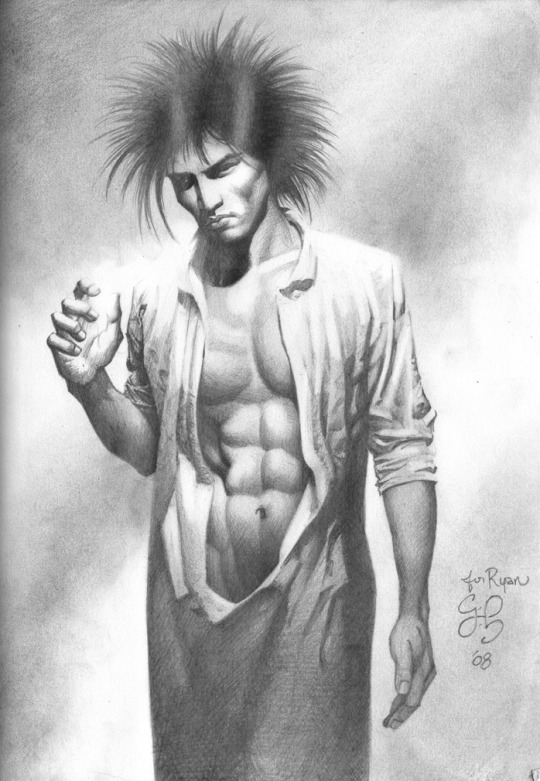
Dream—Craig Hamilton
Oh Craig… 🙈🤣
#the sandman#sandman#dream of the endless#lord morpheus#craig hamilton#sparkle content#for someone somewhere#Craig’s done it again#reliable provider of#tom of finland#morpheus#i cant 🤣🤣🤣#queue crew
117 notes
·
View notes
Text

Amnesia au smilk outfits!! maybe i'll talk about the details/notes i have of them later

see the drip in motion <3
#amnesiac au#shadow milk cookie#crk au#shadowvanilla#pureshadow#im so tired rn#i forgot how to tag#my drawbs#i know someone....someone somewhere asked me about his design/outfits.....#here u go <3 also helpful for me bc i hate outfits and forget their details <3
4K notes
·
View notes
Text
Last Names
(Click for better quality)
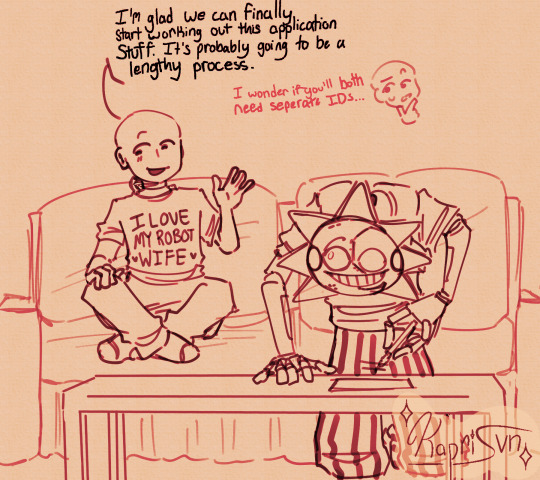
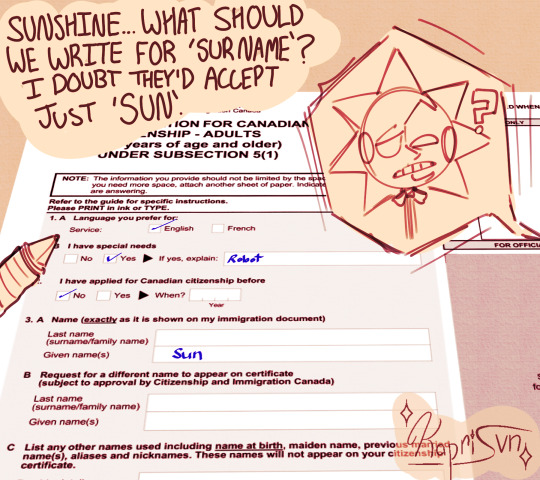
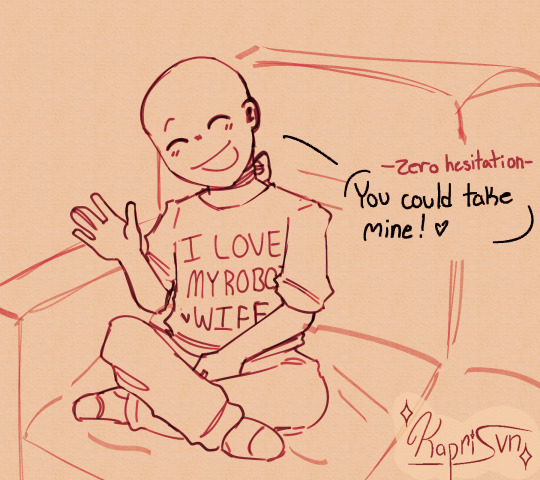


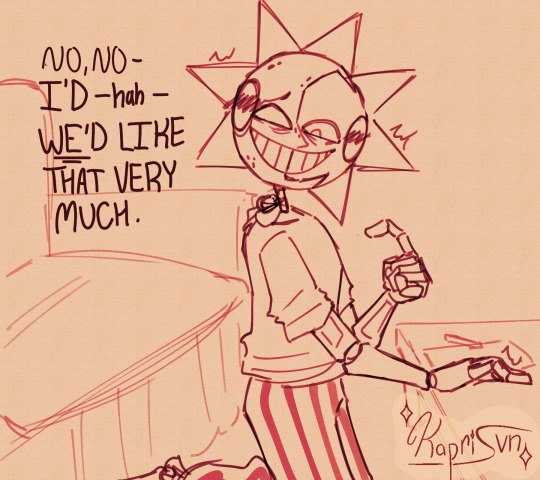
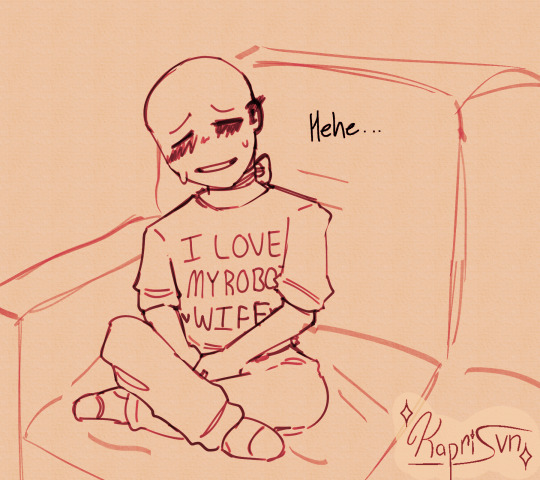
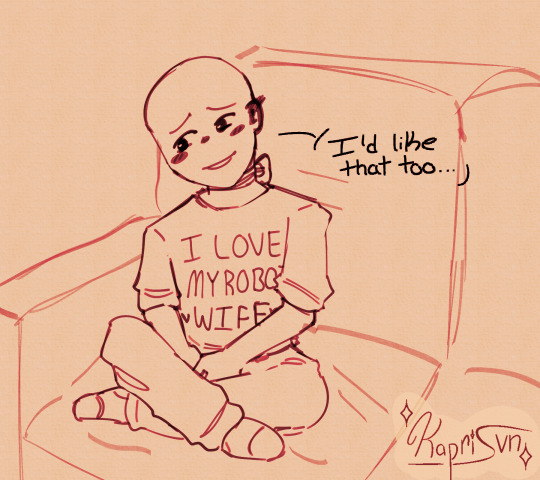
"KAPRI YOU CAN'T POST THE AFTER STORY FOR CHASING STARS YOU HAVEN'T EVEN POSTED THE FIRST CHAPTERS YET!!!"
🤫🙂↔️
This comic is kinda shitty but you get the point XD
Bonus clothed CS Moon!

#Anyone else desperately want to give these jesters your last name???#No???#Just me???#k :(#Chasing Stars#chasing stars au#Ngl I feel like I seen a comic like this somewhere so if I accidently copied someone Im sorry#fnaf#fnaf security breach#moon fnaf#sun fnaf#daycare attendant#dca community#moon x reader#sun x reader#sun x y/n#moon x y/n#fnaf sun x reader#fnaf moon x reader#sundrop x reader#moondrop x reader#dca x reader#dca x y/n#daycare attendant x reader#fnaf moon#fnaf sun#kapri's collection
3K notes
·
View notes
Text

#deltarune#deltarune spoilers#deltarune chapter 3#someone has probably done this somewhere already but idc#i love tenna so mcuh i love himm#deltarune tenna#deltarune spamton#spamton#tenna
1K notes
·
View notes
Text








#do not call him
#if you see another version of this somewhere with horrible colors :) no you didn't :)#accidentaly exported all the gifswith 64 colors lmaoo and someone reblogged before i noticed#anyway#tried something new with the sharpening/coloring here :)#911#911edit#911abc#buddie#buddieedit#maddie#buck#eddie#nessa.gif#parallels#1k#no.136#911117
2K notes
·
View notes
Text



catching totou on guard / patrol outside the castle
#based on sebek birthday bloom vignette who snacks on confections#“I'm merely replenishing my carbohydrates after exercise and during my studies.” so why not on guard duty as well#twst#twisted wonderland#sebek zigvolt#fanart#twst baby#if u are wondering why am i bombarding with so many drawings these days; it's bcs i'm on term break#but there are things i should do still ...#town being that peaceful is unrealistic#someone always have something to complain about somewhere#but we can always dream of peace
2K notes
·
View notes
Note
I loved your drawing(and I love your style in general) with Leia in your recent post! If/when you have time can we see more of her in your style? I get so happy whenever I actually see people mention/talk about her and she’s not just forgotten because we didn’t get to see much of her. 😭
thank you! 💙💙💙 Leia/Leah/Lea/whatever is fascinating to me. she is the ultimate unknown. what was she like? how involved (or even aware of any details of the invasion) was she? Silver's basically a physical carbon copy of his biodad, so what did he get from her? like, I understand why the two of them kind of have to stay as these super vague and mysterious figures -- the whole point of them is that their story ended 400+ years ago and they're not really relevant anymore (and. well. the more that gets explained about them, the less that can just kinda be handwaved as "oh the politics were Very Messy") (we can sit here and theorize all day but let us acknowledge that, ultimately, canon gave us almost nothing about them post-Meleanor and we'd just be making things up). I do still wonder about her though! RIP Lea, we never knew you and we probably never will.

actually you know what, as long as we're here, I think I WILL go ahead and just make some stuff up about what Silver might've inherited from her instead.

#art#twisted wonderland#twisted wonderland spoilers#twisted wonderland episode 7 spoilers#twisted wonderland book 7 spoilers#twisted wonderland episode 7 part 13 spoilers#twisted wonderland book 7 part 13 spoilers#there may be answers somewhere that i just forgot about so uhhh if so#whoops ( ᐛ )#having one of those art days where chances are good i'm just gonna wake up and throw this post out the window so be warned#but yeah idk. i've talked before about the parallels between silver and dawnatello and how i see him as basically bad end silver#he chose the easy option that let him stay loyal and fulfill the obligation he felt to his adoptive family#he knew it wasn't right and that he was being manipulated but he went along with it anyway until it was too late#i think he ultimately had a good heart but my man folded under the slightest bit of social pressure like a wet mcmuffin#so while i'm continuing to make things up out of whole cloth i wanna say that by contrast#lea never had a chance to do shit but if she had i like to think she would've had a spine like galvanized steel#like just personally i don't think she knew much about what the silver owls were actually doing#seriously does henrik seem like the kind of person who would tell her shit about anything#i think he basically took advantage of their dad's failing health to go off and be a warmonger#and if he thought about lea at all it was to be like :) you stay here and do boring domestic princess stuff#while i tell your husband to Do It For Her#i mean this is 100% me writing baseless fanfic here#i just think it'd be fun if the part of silver that was IMMEDIATELY like 'actually no. we aren't doing this.' might've come from her#she just never got a chance to show it#(it didn't seem to come from the knight is all i'm saying)#lilia might've given silver a billion complexes but at least he raised him to do the right thing#man someone left a reply or reblog on an older post and i cannot find it so i apologize for the lack of credit BUT they pointed out#that one of the big differences between silver and the knight is that the knight's family did not really seem to like him very much and lik#yeah i think so. lea might've been the exception there for him.#rip ma'am we'll never know if you deserved better or not
2K notes
·
View notes
Text

For moment, you are home.
[First] Prev <–-> Next
#poorly drawn mdzs#mdzs#granny wen#a-yuan#wen qing#wei wuxian#wen ning#wen bin bin#Si-shu#I had hopes to post this for Valentine's day - but I chose to practice self-love and get some sleep.#Instead I am here on the day of this blog's two year anniversary to reminisce and give thanks.#Not quite about blog stuff. That's for another post. I have quite a few treats to share for this anniversary!#Rather...I've been thinking about my own relationships and the bonds I've forged and broken.#The transition between environments...when you leave somewhere and hear about how all the people you were once close with-#-have been moving on without you? It's so bittersweet.#You want to be happy for them. You wish you were at their side. You cannot be at their side.#Relationships change like the tides. They ebb and flow. Sometimes they crash so hard into the shore it reshapes it entirely.#The truth is that we are more surrounded by love than we realize. Even when we feel utterly alone - there is someone who wants to help.#And to me this scene strikes a chord in that way.#This is the reminder than even though you feel like it is all burning down around you - you are loved.#There are people who miss you. People who are so thankful for your presence in their life.#And most importantly of all. And I say this from the heart: There are people you have yet to meet.#Remember this in the darkest of days: The future is full of loves you have yet to see. The present is also full of love you forgot to see.#Another reminder to go tell someone you care about how much they mean to you today. It matters.
2K notes
·
View notes
Text
In a completely baffling turn of events, today I opened up my wallet and discovered, tucked into an internal pocket, a current, valid, Michigan Concealed Pistol License ID card belonging to a man I'd never met. (CPL cards are heavy plastic, like a driver's license.) It's a validly issued CPL. He's a real person who lives in Michigan--I found his voting records, home address, social media accounts, and other information with a bit of searching, and can confirm I have never met this dude. He does not live anywhere nearby. The wallet is one I just use for my ID's--bar card, courthouse keypass, drivers license, employee ID, etc. Not something I pull out on a daily basis; very definitely not something I hand off to other people. Even more confusingly, this man is twenty years older than me to the day. We have the same birthday. But I don't know him; I don't even know anyone who knows him.
Which leaves me with the utter mystery of how the hell some random guy's concealed pistol license wound up in my purse
#the only realistic explanation is that when I bought this wallet 6 mo ago they gave me one that had been sold and returned#and this guy left his id buried in a weird flap somewhere and it just worked its way out recently? It DOES NOT MAKE SENSE.#i do have a pistol i do not have a CPL#but i work in criminal law i know a valid CPL when I see one#and I cannot fathom a reason for someone to reverse pickpocket this into my wallet inside my bag.#i bought the wallet online too and not from a local MI company#SO baffled
1K notes
·
View notes
Text
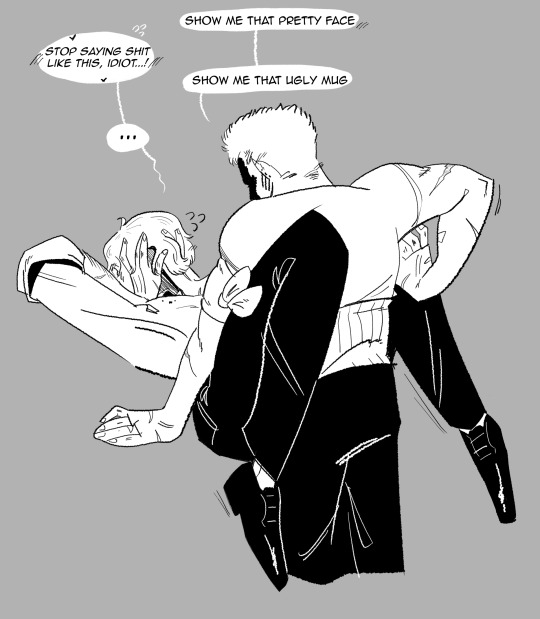
Pillow-talk...? But Sanji doesn't know what to do with the compliments not earned with his service
#one piece#black leg sanji#roronoa zoro#zosan#sanzo#my art#doodles#shitty doodle#it's a shitty doodle but I like the dialogue lol#I'm like 50% sure I stole text from somewhere but I have no idea where lol#One Piece is such old n big fandom that everytime I do smth here I'm like “someone did that before didn't they” lol
7K notes
·
View notes
Text
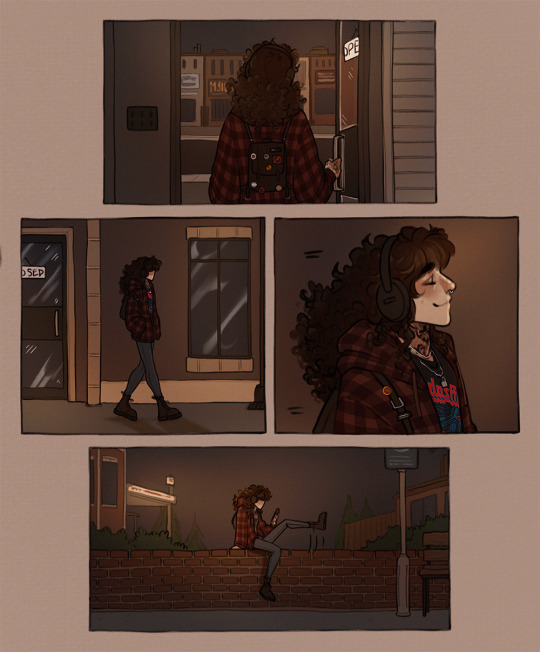

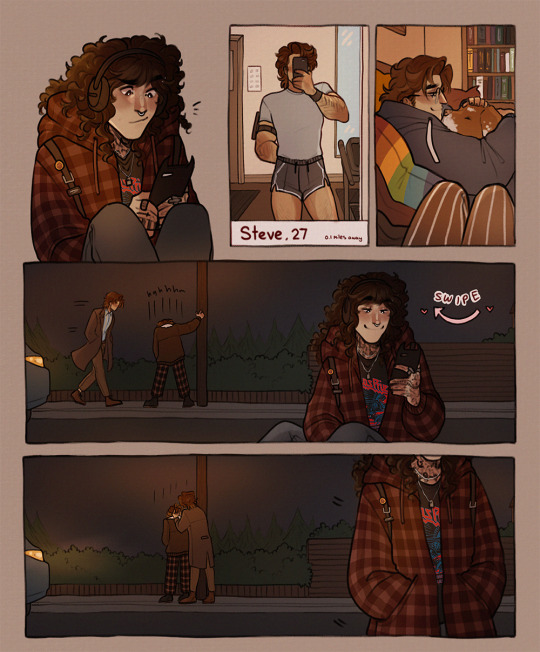
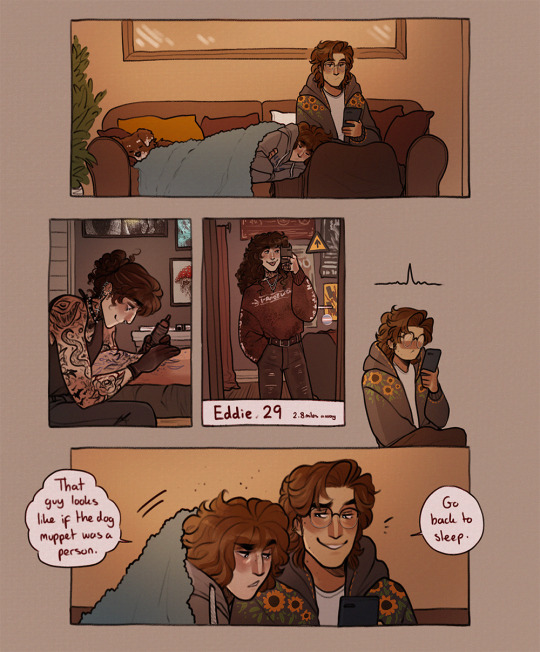
mombin pt 6 and look who showed up
(1)(2)(3)(4) (5)
#stranger things#platonic stobin#steddie#steve harrington#robin buckley#eddie munson#cw pregnancy#sorry to rob you of the meet cute but steve's got a lot going on. sometimes he needs a tinder date#someone said on my first mombin 'steddies will insert eddie into everything' kshjsdjsdjs#yes i will. i would be betraying myself if i didn't#ALSO#there is a teeny little plothole/inconsistency somewhere in this#it's like. easily explainable#i want to see if anyone else notices it#it's not that the car is backwards btw let's say that was just a crazy u turn
8K notes
·
View notes
Text

#Somewhere out there#beneath the pale moonlight#Someone's thinking of me#and loving me tonight#an american tail#fievel mousekewitz
825 notes
·
View notes
Text
also in regards to that last article about varied ways of thinking about psychosis/altered states that don't just align with medical model or carceral psychiatry---I always love sharing about Bethel House and their practices of peer support for schizophrenia that are founded on something called tojisha kenkyu, but I don't see it mentioned as often as things like HVN and Soteria House.

ID: [A colorful digital drawing of a group of people having a meeting inside a house while it snows outside.]
"What really set the stage for tōjisha-kenkyū were two social movements started by those with disabilities. In the 1950s, a new disability movement was burgeoning in Japan, but it wasn’t until the 1970s that those with physical disabilities, such as cerebral palsy, began to advocate for themselves more actively as tōjisha. For those in this movement, their disability is visible. They know where their discomfort comes from, why they are discriminated against, and in what ways they need society to change. Their movement had a clear sense of purpose: make society accommodate the needs of people with disabilities. Around the same time, during the 1970s, a second movement was started by those with mental health issues, such as addiction (particularly alcohol misuse) and schizophrenia. Their disabilities are not always visible. People in this second movement may not have always known they had a disability and, even after they identify their problems, they may remain uncertain about the nature of their disability. Unlike those with physical and visible disabilities, this second group of tōjisha were not always sure how to advocate for themselves as members of society. They didn’t know what they wanted and needed from society. This knowing required new kinds of self-knowledge.
As the story goes, tōjisha-kenkyū emerged in the Japanese fishing town of Urakawa in southern Hokkaido in the early 2000s. It began in the 1980s when locals who had been diagnosed with psychiatric disorders created a peer-support group in a run-down church, which was renamed ‘Bethel House’. The establishment of Bethel House (or just Bethel) was also aided by the maverick psychiatrist Toshiaki Kawamura and an innovative social worker named Ikuyoshi Mukaiyachi. From the start, Bethel embodied the experimental spirit that followed the ‘antipsychiatry’ movement in Japan, which proposed ideas for how psychiatry might be done differently, without relying only on diagnostic manuals and experts. But finding new methods was incredibly difficult and, in the early days of Bethel, both staff and members often struggled with a recurring problem: how is it possible to get beyond traditional psychiatric treatments when someone is still being tormented by their disabling symptoms? Tōjisha-kenkyū was born directly out of a desperate search for answers.
In the early 2000s, one of Bethel’s members with schizophrenia was struggling to understand who he was and why he acted the way he did. This struggle had become urgent after he had set his own home on fire in a fit of anger. In the aftermath, he was overwhelmed and desperate. At his wits’ end about how to help, Mukaiyachi asked him if perhaps he wanted to kenkyū (to ‘study’ or ‘research’) himself so he could understand his problems and find a better way to cope with his illness. Apparently, the term ‘kenkyū’ had an immediate appeal, and others at Bethel began to adopt it, too – especially those with serious mental health problems who were constantly urged to think about (and apologise) for who they were and how they behaved. Instead of being passive ‘patients’ who felt they needed to keep their heads down and be ashamed for acting differently, they could now become active ‘researchers’ of their own ailments. Tōjisha-kenkyū allowed these people to deny labels such as ‘victim’, ‘patient’ or ‘minority’, and to reclaim their agency.
Tōjisha-kenkyū is based on a simple idea. Humans have long shared their troubles so that others can empathise and offer wisdom about how to solve problems. Yet the experience of mental illness is often accompanied by an absence of collective sharing and problem-solving. Mental health issues are treated like shameful secrets that must be hidden, remain unspoken, and dealt with in private. This creates confused and lonely people, who can only be ‘saved’ by the top-down knowledge of expert psychiatrists. Tōjisha-kenkyū simply encourages people to ‘study’ their own problems, and to investigate patterns and solutions in the writing and testimonies of fellow tōjisha.
Self-reflection is at the heart of this practice. Tōjisha-kenkyū incorporates various forms of reflection developed in clinical methods, such as social skills training and cognitive behavioural therapy, but the reflections of a tōjisha don’t begin and end at the individual. Instead, self-reflection is always shared, becoming a form of knowledge that can be communally reflected upon and improved. At Bethel House, members found it liberating that they could define themselves as ‘producers’ of a new form of knowledge, just like the doctors and scientists who diagnosed and studied them in hospital wards. The experiential knowledge of Bethel members now forms the basis of an open and shared public domain of collective knowledge about mental health, one distributed through books, newspaper articles, documentaries and social media.
Tōjisha-kenkyū quickly caught on, making Bethel House a site of pilgrimage for those seeking alternatives to traditional psychiatry. Eventually, a café was opened, public lectures and events were held, and even merchandise (including T-shirts depicting members’ hallucinations) was sold to help support the project. Bethel won further fame when their ‘Hallucination and Delusion Grand Prix’ was aired on national television in Japan. At these events, people in Urakawa are invited to listen and laugh alongside Bethel members who share stories of their hallucinations and delusions. Afterwards, the audience votes to decide who should win first prize for the most hilarious or moving account. One previous winner told a story about a failed journey into the mountains to ride a UFO and ‘save the world’ (it failed because other Bethel members convinced him he needed a licence to ride a UFO, which he didn’t have). Another winner told a story about living in a public restroom at a train station for four days to respect the orders of an auditory hallucination. Tōjisha-kenkyū received further interest, in and outside Japan, when the American anthropologist Karen Nakamura wrote A Disability of the Soul: An Ethnography of Schizophrenia and Mental Illness in Contemporary Japan (2013), a detailed and moving account of life at Bethel House. "
-Japan's Radical Alternative to Psychiatric Diagnosis by Satsuki Ayaya and Junko Kitanaka
#personal#psych abolition#mad liberation#psychosis#altered states#antipsych#antipsychiatry#mad pride#peer support#schizophrenia#i have a pdf of the book somewhere if anyone wants#the book and the documentary also discuss some of the pratical struggles in creating a community like this which i also found helpful as#someone who is very interested in helping open a peer respite.
2K notes
·
View notes
Text

#someone somewhere has probably done this already but oh well#alien stage#alnst hyuna#alnst luka#alnst mizi#alnst sua#alnst ivan#alnst till#web stuff#em blabbers#memes
1K notes
·
View notes
Text
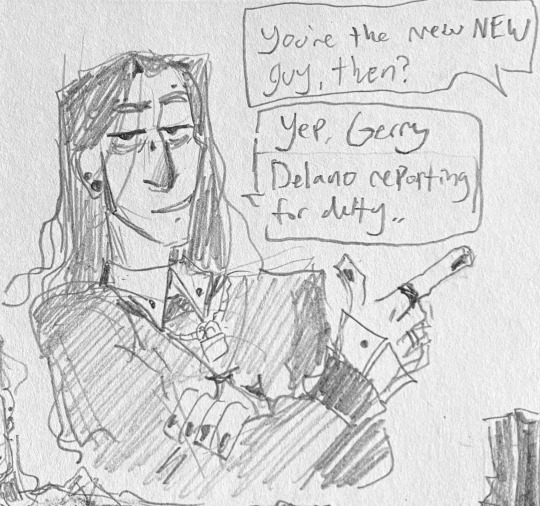
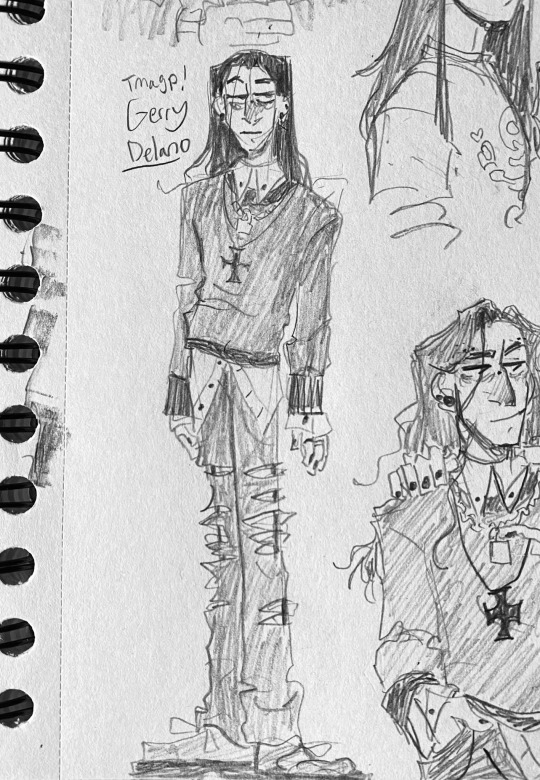


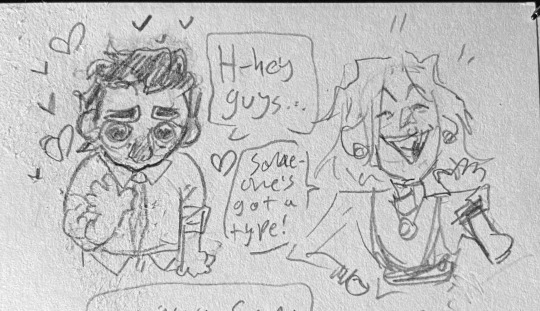

guys can we talk more about how Gerry exists in the tmagp universe. please.
#SOMEONE HAS TO TAKE GWENS JOB !!#anyway. I hope he shows up somewhere along the line paleeeeeessssss#the magnus protocol#the magnus protocol fanart#tmagp#tmagp fanart#magpod#tma#the magnus archives#gerry keay#samama khalid#alice dyer#celia ripley
4K notes
·
View notes
Text
i love the stereotype of punk just being purely scary and insane. like ya theres definitely some odd balls here (love u guys) (most of u) but im literally making myself a belt bag from an old pair of jeans!!!!! im over here doing arts and crafts for the sake of the environment.
fuck capitalism i wanna sew a bag. that i can attach to my belt. with loops. a belt bag. for my little things. fuck you!!!!! ill go listen to my political loud music too!!!!!!!
#punks#anarcho punk#diy#punk#antifascist#anti capitalism#upcycle#upcycling#diy punk#diy projects#punk diy#random shit#rambles#shitpost#someone pls ask me about my belt bag#working on it as i type this#im gonna sew a patch on the front of it too its gonna be so awesome#ill have somewhere to put my paint markers and shit!! yay.
1K notes
·
View notes